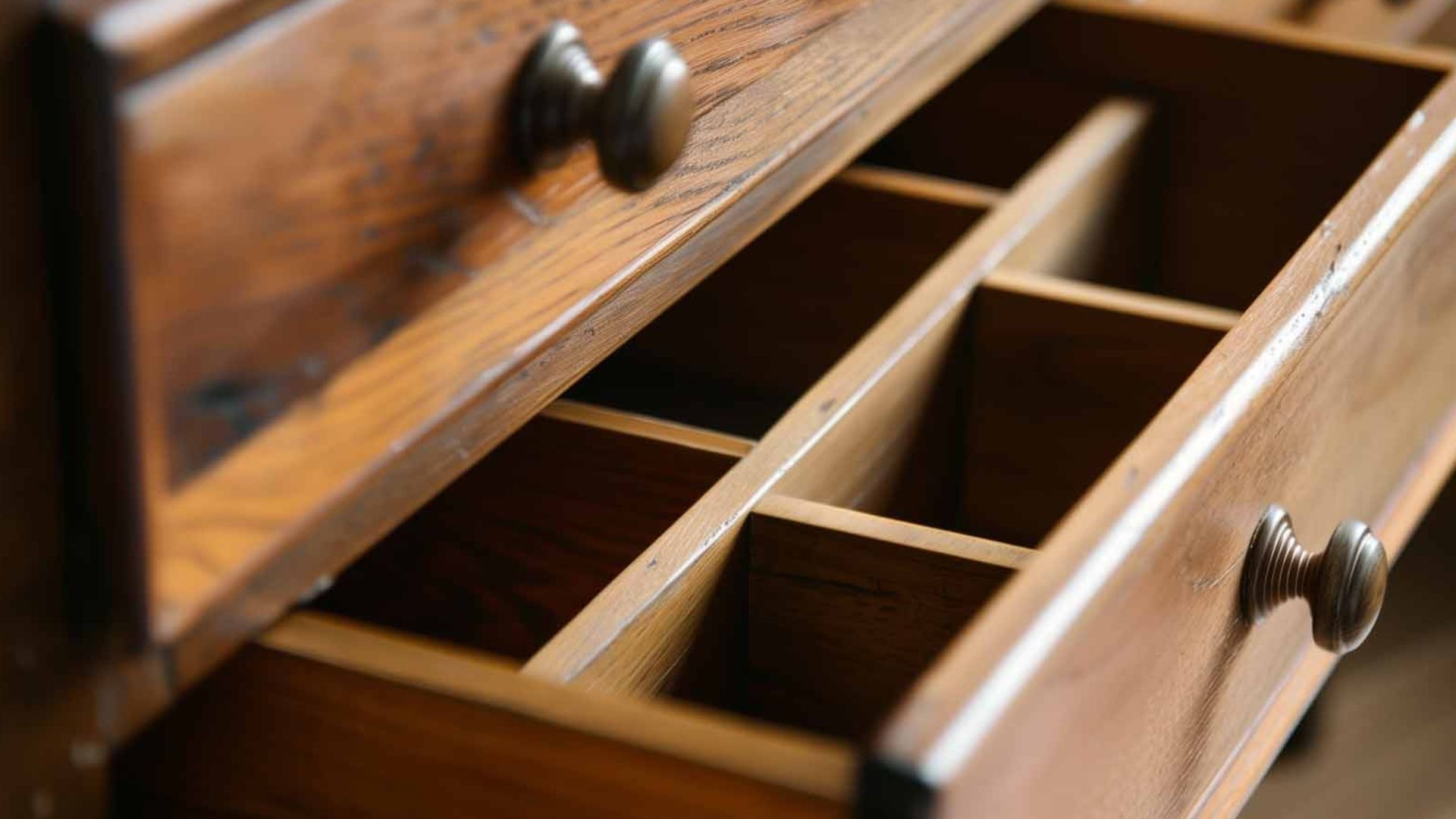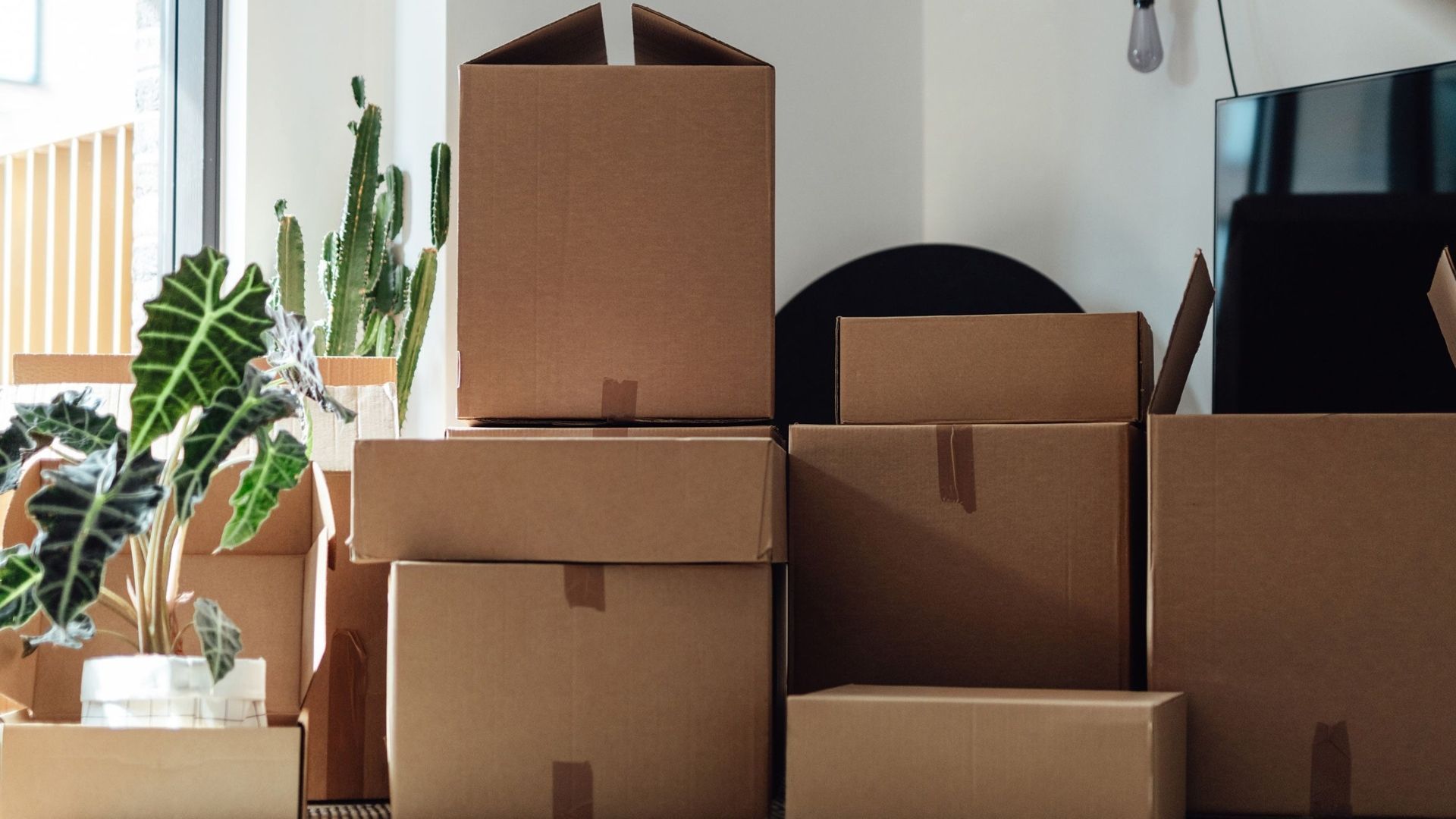How to Ship Fragile Items in Canada?
To ship fragile items safely in Canada with proper packaging and the right carrier. The key is using quality materials like bubble wrap, sturdy boxes, and enough cushioning to prevent damage during transit.
Choose the Right Packaging Materials
The foundation of safe fragile shipping starts with selecting the right materials. Your packaging is the first line of defense against damage.
Essential Packing Materials
Bubble Wrap is your best friend for fragile items. Wrap each item individually in at least three layers of bubble wrap before placing it in the box. The air-filled bubbles absorb shocks and vibrations that could damage your items. According to Canada Post's official packaging guidelines, proper cushioning material should surround fragile items on all sides to limit movement and protect during transit.
Corrugated Cardboard Boxes provide the outer protection. Always use new, sturdy boxes rather than old ones that may have weakened. Choose a rigid, good quality, corrugated cardboard box and tape all seams with reinforced tape.
Packing Peanuts and Air Pillows fill empty spaces to prevent movement. If there is empty space in the box, fill the space up with airbags, packing peanuts, or crinkle paper.
Foam Sheets work great for items with delicate surfaces like electronics or glassware. They provide excellent shock absorption and can be cut to fit different shapes.
Alternative Eco-Friendly Options
If you're looking for greener alternatives, consider honeycomb packing paper or biodegradable foam. Biodegradable options, such as those made from cornstarch or recycled paper, have gained popularity due to their lower environmental impact and substantial cushioning properties.
Proper Packaging Techniques
How you pack your items matters just as much as what you pack them with.
The Double-Box Method
For valuable or extremely fragile items, use the double-box method. Pack items in appropriately-sized inner boxes, then place these inside larger outer boxes with additional cushioning. This gives you two layers of protection.
Weight Guidelines
Keep weight limits in mind when packing. Each box should only have between 6 and 9 items, provided each one is 5 pounds or less. For heavier items over 10 pounds, box them individually.
The 3-Inch Rule
Select a box only slightly larger than the item, allowing exactly 3 inches of extra room on all sides for protective padding. This industry standard prevents too much movement while providing adequate cushioning.
Securing Your Package
Start with a strong foundation. Take a previously unused box and tape down the center and end seams with rugged packing tape. Add a 2-inch layer of packing material to the bottom before placing items.
Canada Post Specific Requirements
Canada Post has specific guidelines for fragile items that you need to follow.
Packaging Standards
As a guideline, your packaging should withstand a drop of about 1 meter (39.3 inches) onto concrete to prevent potential damage or breakage. This is Canada Post's standard durability test that all packages must meet.
Required Markings
Mark the item with the word "FRAGILE" on the top and on one side near the shipping label. This alerts handlers to treat your package with extra care.
Service Options
Canada Post offers several services suitable for fragile items:
- Xpresspost: Includes tracking and $100 insurance
- Priority: Next-day delivery with enhanced protection
- Expedited Parcel: Reliable option with tracking
Insurance and Protection
Protecting your investment is crucial when shipping fragile items.
Basic Coverage
Canada Post, FedEx, UPS, and Purolator typically offer free coverage up to $100 for domestic parcels. This basic coverage is included with most services.
Additional Insurance
For items worth more than $100, you'll need extra coverage. For packages valued above $100, these carriers usually offer additional coverage for $2 to $5 per $100 of coverage.
Insurance Costs
On average, for domestic shipments within Canada, you might expect to pay around $1 to $3 for every $100 of insured value, according to industry shipping insurance data. International shipping costs more.
Coverage Limits
For most domestic services, Canada Post offers up to $5,000 in insurance coverage. U.S. and international shipments are generally limited to $1,000.
Choose the Right Carrier
Different carriers have different strengths for fragile items.
Canada Post
Best for regular domestic shipments. Offers good tracking and reasonable insurance options. Their network covers all of Canada effectively.
Private Carriers
FedEx and UPS often provide better handling for high-value items. FedEx offers pack and ship services for any customer who would rather let FedEx handle breakable products for them at an additional cost.
Purolator is another reliable option for Canadian shipping with good fragile item policies.
Specialized Services
For extremely valuable items, consider specialized fragile goods carriers. Research a trustworthy partner among specialized freight companies so that you can be assured of a successful solution for your fragile goods.
Cost-Saving Tips
Shipping fragile items doesn't have to break the bank.
Compare Rates
Shop around between carriers. You must compare prices from different companies and select the best option based on your budget.
Use Proper Sizing
Avoid oversized boxes. Carriers often charge by dimensional weight, so using appropriately sized packaging saves money.
Consider Timing
Non-urgent shipments cost less. If you don't need overnight delivery, standard options are more affordable.
Bulk Shipping
If you regularly ship fragile items, negotiate volume discounts with carriers.
Common Mistakes to Avoid
Learn from others' mistakes to protect your items better.
Insufficient Cushioning
The biggest mistake is not using enough padding. Empty spaces allow items to move and break.
Wrong Box Size
Using boxes that are too big or too small creates problems. Too big allows movement; too small doesn't provide cushioning space.
Poor Tape Quality
Using cheap tape that fails during transit. Always use quality packing tape on all seams.
Inadequate Labeling
Forgetting to mark packages as fragile. Clear labeling helps handlers treat packages properly.
Special Considerations for Different Items
Different fragile items need different approaches.
Electronics
Use anti-static bubble wrap for electronics. Pink anti-static foam or bubble is used to prevent electronics from building up electrostatic discharge.
Glassware and Ceramics
Wrap each piece individually and use dividers between items. Use pieces of corrugated cardboard the same height of the box to act as dividers between each.
Art and Antiques
Consider custom foam inserts. Custom foam inserts are perfect when you need to ship items that are fragile and/or irregularly shaped.
Liquids
Choose a leak-proof container made of plastic or metal and ensure proper sealing.
Tracking and Delivery
Stay connected with your shipment throughout its journey.
Use Tracking Services
Always choose services with tracking. This lets you monitor your package and know when it arrives.
Delivery Confirmation
For valuable items, require signature confirmation. This ensures someone receives the package rather than leaving it unattended.
Delivery Instructions
Provide clear delivery instructions to avoid packages being left in unsafe locations.
International Shipping Considerations
Shipping fragile items internationally requires extra planning.
Customs Documentation
A customs form declaring the contents and value of the shipment is necessary. Be accurate and detailed.
Restricted Items
Check what's allowed in your destination country. Some fragile items may have import restrictions.
Extended Transit Times
International shipping takes longer, increasing the chance of damage. Pack extra carefully for long-distance shipments.
Working with Moving Companies
For larger fragile items or complete household moves, professional movers can help.
Professional Packing Services
Moving companies have experience with fragile items and proper materials. They can pack items more efficiently than doing it yourself.
Specialized Equipment
Professional movers have equipment like custom crates and professional-grade padding that aren't available to individuals.
Insurance Coverage
Moving companies often provide better insurance options for high-value fragile items during local moves or long-distance relocations.
Emergency Situations
Sometimes you need to ship fragile items quickly.
Rush Services
Most carriers offer expedited options, though they cost more. Priority and express services provide faster delivery with careful handling.
Same-Day Options
For local deliveries, consider same-day courier services that specialize in fragile items.
Emergency Packaging
If you're in a hurry, emergency moving services can help with professional packing and shipping.
Final Thoughts
Shipping fragile items in Canada successfully comes down to three key things: proper packaging, choosing the right carrier, and getting adequate insurance. Take time to wrap items carefully with quality materials, select boxes that fit properly, and fill empty spaces to prevent movement.
Remember that 34% of packaging-related returns are due to product damage, so investing in proper packaging saves money in the long run. Whether you're sending a family heirloom or business products, following these guidelines will help ensure your fragile items arrive safely at their destination.
For professional help with packing and shipping fragile items, especially for moves or large shipments, consider working with experienced professionals who understand the unique challenges of protecting delicate goods during transit.



